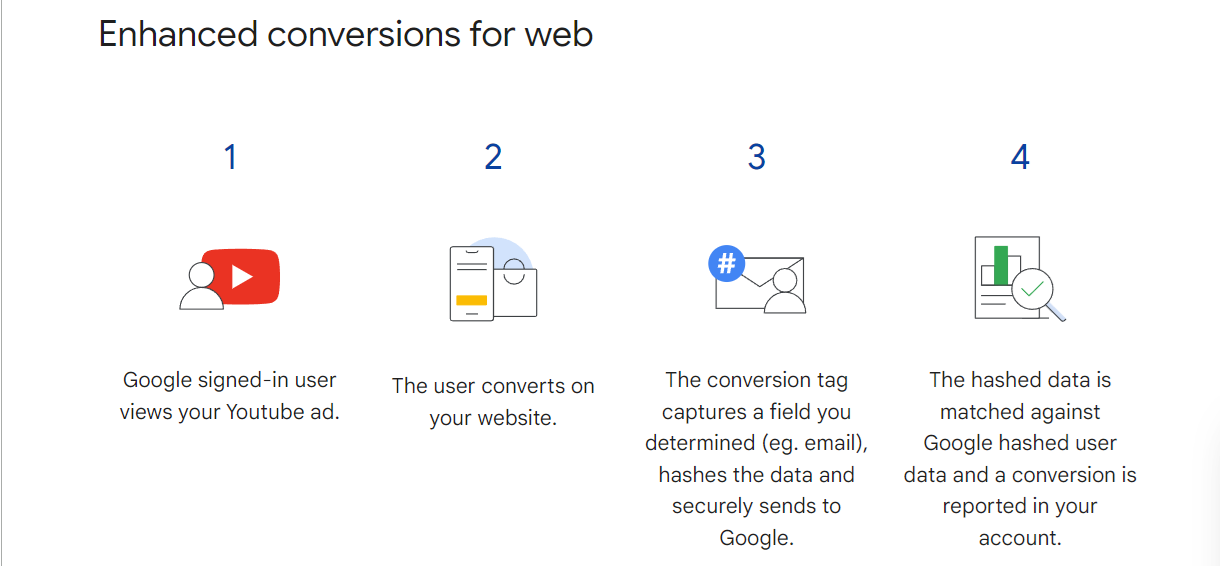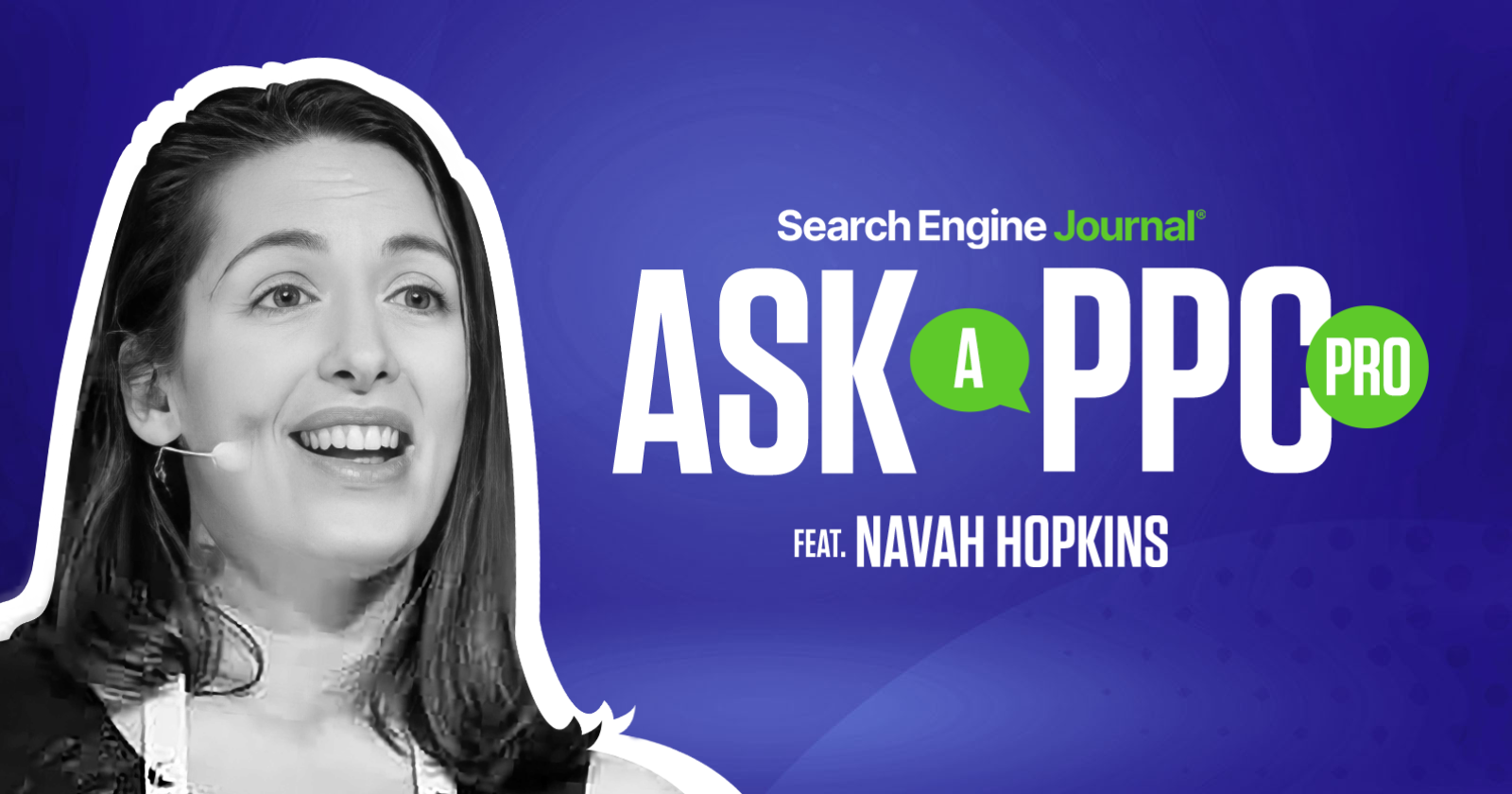In this installment of Ask a PPC, we’re going to dive into enhanced conversions.
As brands get their privacy-first plans in place, it’s critical that you feel comfortable with enhanced conversions. We’ll dive into:
- What are enhanced conversions?
- How to set them up.
- Why they’re important.
Note that this post is exclusively focusing on Google’s enhanced conversions.
What Are Enhanced Conversions?
Enhanced conversions are the result of connecting first-party data to your Google Ads account.
This first-party data includes sales/lead info from CRMs, as well as sales info from online stores. It’s hashed as it’s passed through to protect privacy.
These conversions require you to have conventional conversion tracking set up and typically are only used with primary conversion actions.
 Screenshot from Google Help article, January 2024
Screenshot from Google Help article, January 2024For the full write-up from Google, you can read the company’s post here.
How To Set Up Enhanced Conversions
Enhanced conversions can be set up through:
- Google Tag Manager: You will need to adjust the settings of your Tag Manager and turn on enhanced conversions. There will be a prompt to accept the terms and conditions of enhanced conversions.
- Google Tag: The only difference between Tag Manager and conversion tag is that the tag manager can contain all tracking pixels, whereas the Google tag will just be for Google conversions. Tags require terms of condition acceptance too.
- Google Ads API: While the API path is more technical, it also provides the most flexibility on data sources. You’ll need to do the additional step of hashing the transaction ids using SHA – 256.
Where folks tend to get stuck is in the formatting/connecting of data.
Google added a data connector which makes it much easier to connect established partner data sources.
These data uploads can be done as a one-time sync or scheduled.
Unless you’re still in the troubleshooting phase, it’s ideal to set up (at minimum), a weekly upload.
Why Are Enhanced Conversions Important?
Model-based data is a staple of the privacy-first web.
As ad platforms and search engines adapt to increasing pressures for consumer privacy, first-party data becomes even more important.
Taking the critical step of connecting conversion data helps ad platforms/analytics algorithms understand what happened.
A consumer may not have accepted tracking cookies, but if they consented to marketing communication later in the journey, you’ll be able to shore up the attribution path.
Additionally, not all platforms speak to each other, so using enhanced conversions ensures you’re getting all your data sources to speak to each other.
Takeaways
Enhanced conversions are designed to make it easier and safer for first-party data to improve reporting results.
While they might seem intimidating, there is a path for every level of technical skill. Now that we’re in the privacy-first web, it’s critical to set them up.
It’s important to note that enhanced conversions benefit from but do not require conversion values.
Have a question about PPC? Submit via this form or tweet me @navahf with the #AskPPC hashtag. See you next month!
More resources:
Featured Image: Paulo Bobita/Search Engine Journal
